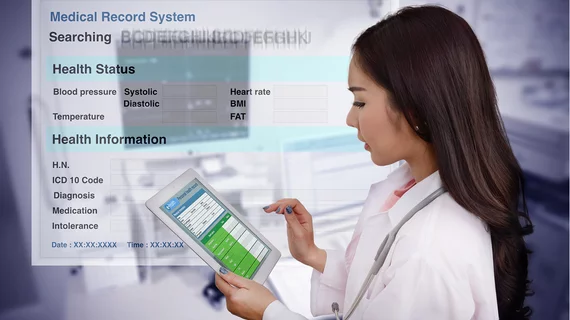Clinics tap GPT-4 to ease charting burden, improve patient care
The large language model of many talents, ChatGPT, now has official duties related to charting in the electronic health record of a hybrid primary care company.
Carbon Health, which operates more than 125 clinics across 13 states and offers both virtual and in-person care, has integrated GPT-4 into its EHR system. The hope is that the GPT-4-based notes assistant will ease the burden of manual charting on their physicians while also offering patients more personalized visit summaries, the company announced June 5.
"The rapid development and deployment of hands-free charting advances Carbon Health's AI-enabled EHR and shows how quickly AI can have a real-world impact on care delivery," Carbon Health CEO Eren Bali said in a news release. "Our vertically integrated model of providers, clinics and software makes our system uniquely positioned to leverage AI technologies like GPT-4."
The new feature does not require plug-ins or installation; to use it, providers press “record” on their EHR device (laptop or tablet) after obtaining patient consent. The raw audio from the encounter is captured and transcribed using Amazon Web Services Transcribe Medical. The transcription is combined with patient data pulled from the EHR.
This information is used to prompt GPT-4 (hosted on Microsoft Azure) to create a personalized visit summary with key takeaways for the patient. Following providers’ edits (which are necessary just 12% of the time, Carbon Health indicates) and approval, the note is saved the patient’s medical record.
Combined, this process takes less than four minutes—a significant reduction in time spent documenting encounters manually, which can take up to 16 minutes on average, Carbon Health notes.
A pilot test of the product at a Carbon Health clinic in San Francisco revealed that the advanced charting capabilities resulted in a 30% increase in patient visits without added labor relative to charting.
Equally noteworthy is the approach’s promise for enhancing the care experience for patients and clinicians alike, Bali maintains.
“It’s about eye contact over iPads,” Bali explains. “For too long, providers have had to choose between connecting with their patients and taking notes. We’re unlocking the ability for clinics to meet the needs of the community without trade-offs like burnout or exhaustion.”
To learn more about the GPT-4-based charting integration, click here.

